Feasible Braille Signage
TYPE
Research Project
COMPLETED
2020
OVERVIEW
Three researchers and designers, Ju Wan (Rebecca) Jeong, Amna Azhar, and Jaime Hilditch prototype ways to improve navigation for blind and visually impaired (B&VI) individuals in an education building.

Introduction
Navigating inside a building for the first time can be challenging. People depend on directories, signages, and floor maps as a source of information to find their way. For people who are blind or visually impaired (B&VI), however, indoor orientation and navigation pose additional challenges.
GPS has successfully been implemented outdoors, but lacks accuracy inside buildings…
Can wayfinding become as convenient as the outdoors for B&VI people without a global positioning system?
How can we support people with visual impairments explore indoor environments with greater ease?
As graduate students, we explored these questions at OCAD University, inside the graduate building.
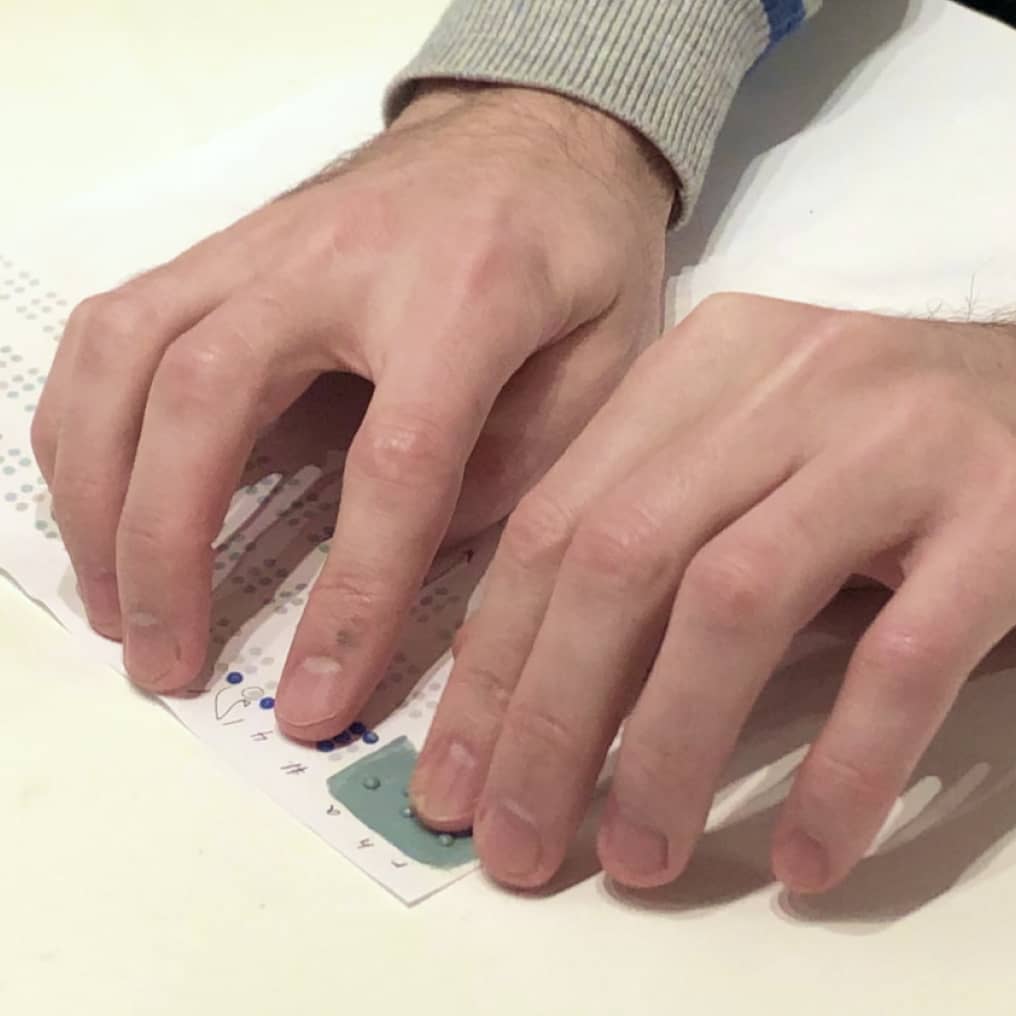
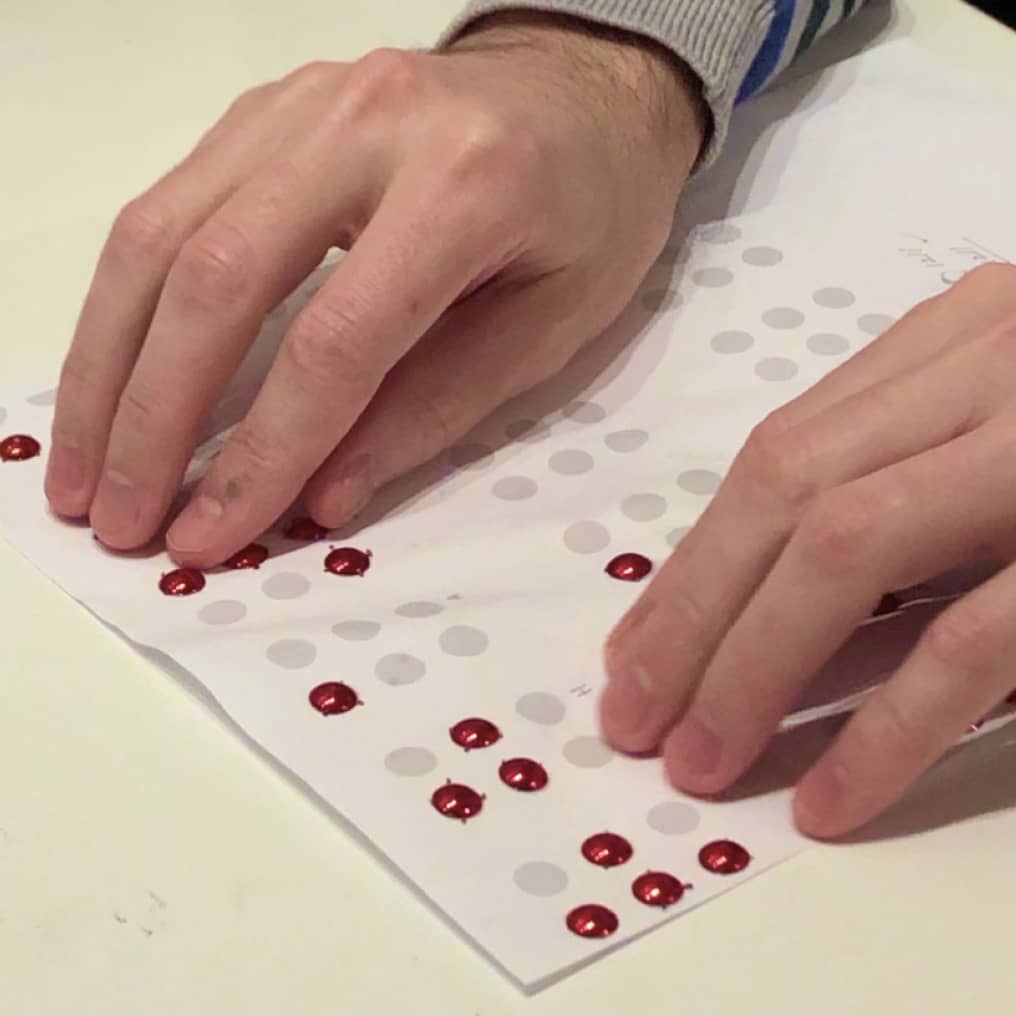
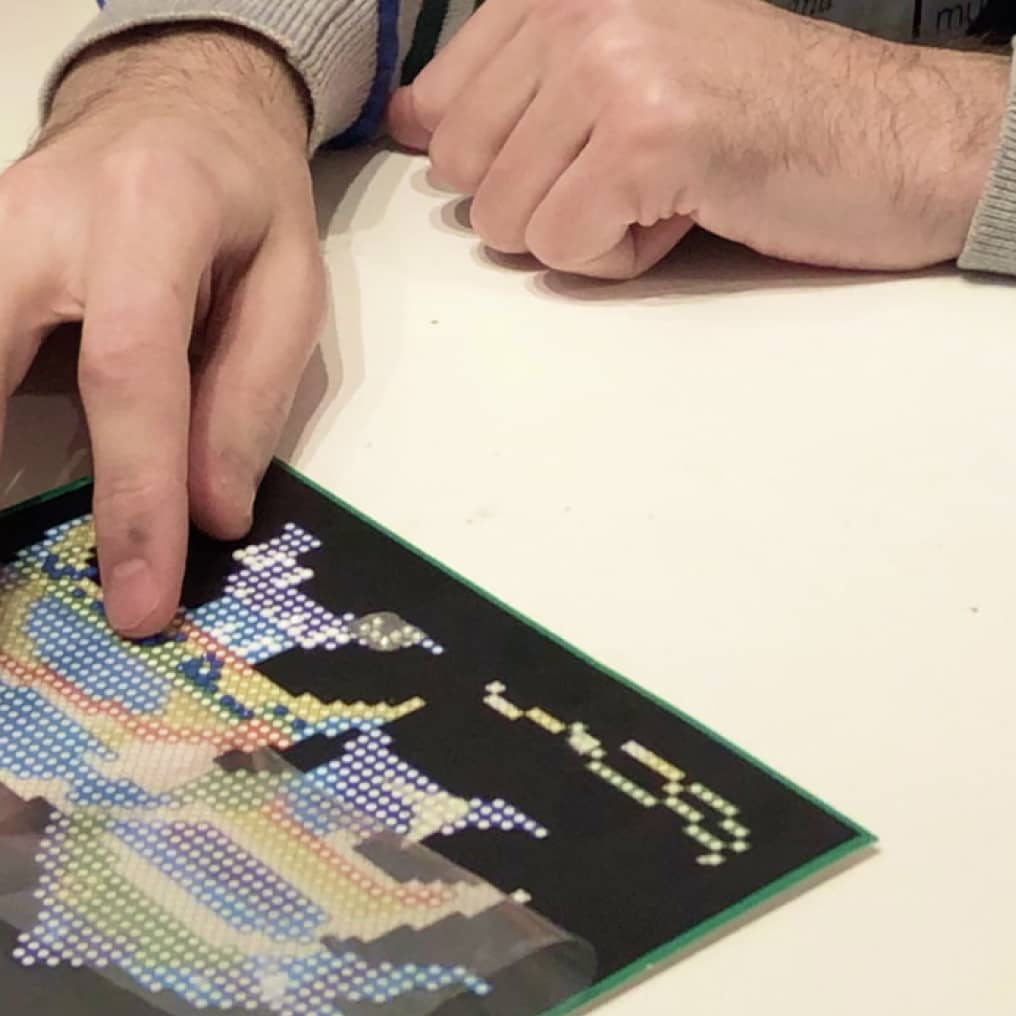
Methods
Initial research was completed surrounding navigation tools already in place. The tools looked at wearables, phone applications, and beacons. Examples: Be My Eyes, BlindSquare, and weWALK
A first round of interviews was held with participants gaining a better understanding of how they navigate, pain points when navigating, and ideal tools and/or systems helping to increase confidence when traveling.
The team observed B&VI participants navigate our location of study.
At this point, needs for clear and consistent braille arose. The current inconsistencies and problematic situations led to frustration and lengthy navigation time.
The participants co-designed a tactile floorplan of the route they walked
Team members prototyped braille signage made from accessible and feasible materials.
The signage was tested with participants who then provided feedback for further iterations and refinement.
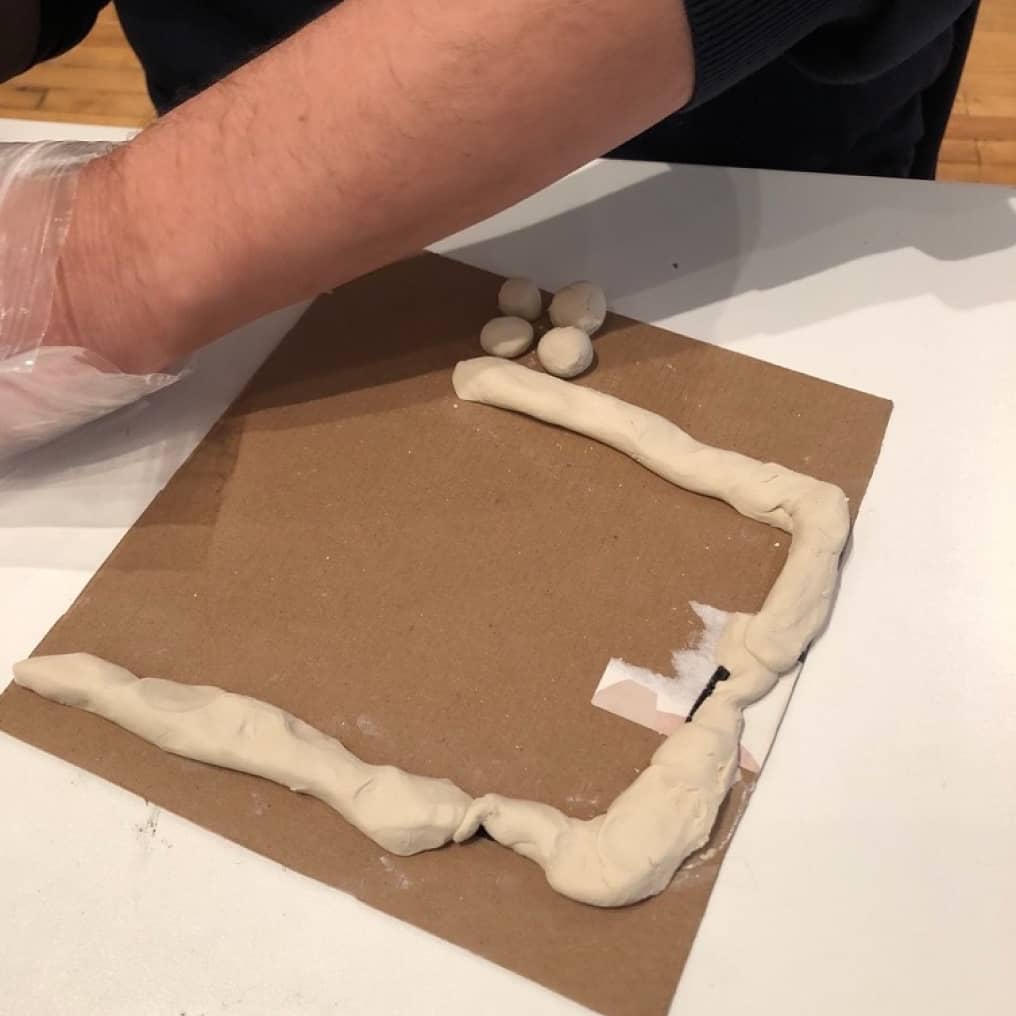
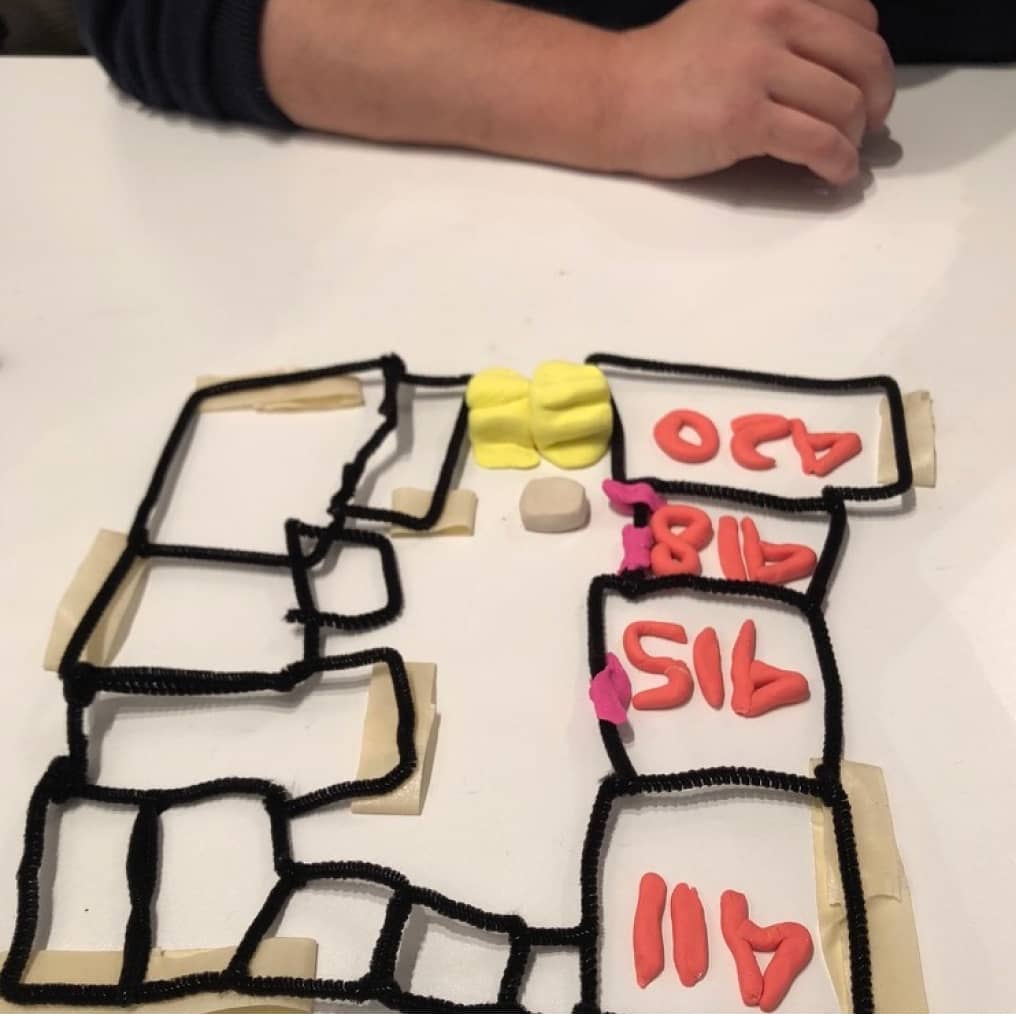
Design
Goal: To produce legible indoor braille signs using materials and tools accessible to students.
Early prototypes included beads, glue, and paper, affordable materials inspiring a do-it-yourself approach. This was intended to increase accessibility and respond to the urgency of better wayfinding at the building of study.
Later prototypes made use of a 3D printer available to the team at OCAD University. All prototypes were tested by participants. Size, clarity, and overall understanding were noted during feedback sessions.
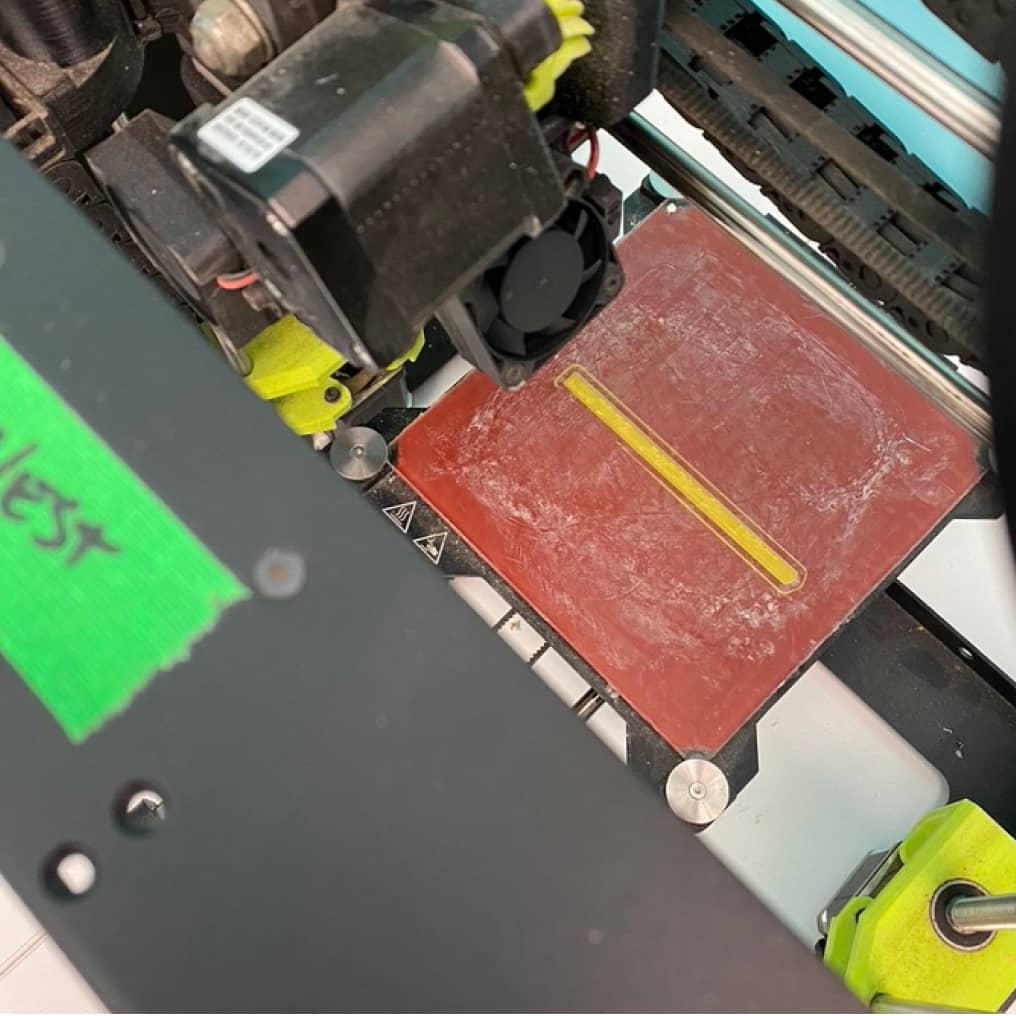

Next Steps
The project, due to time constraints, finished with refined 3D braille signage tested by participants briefly. It would benefit from further feedback sessions and prototyping.